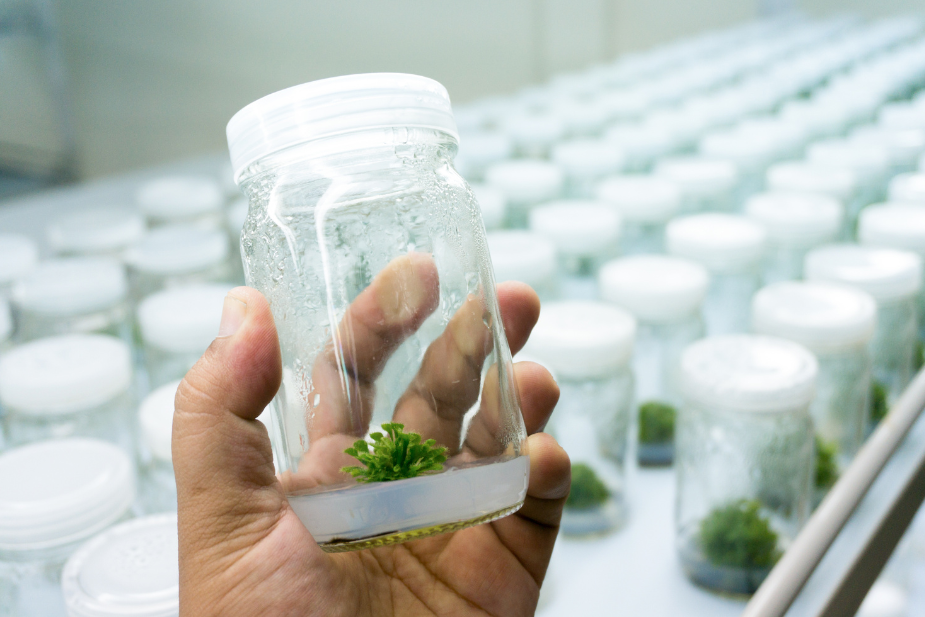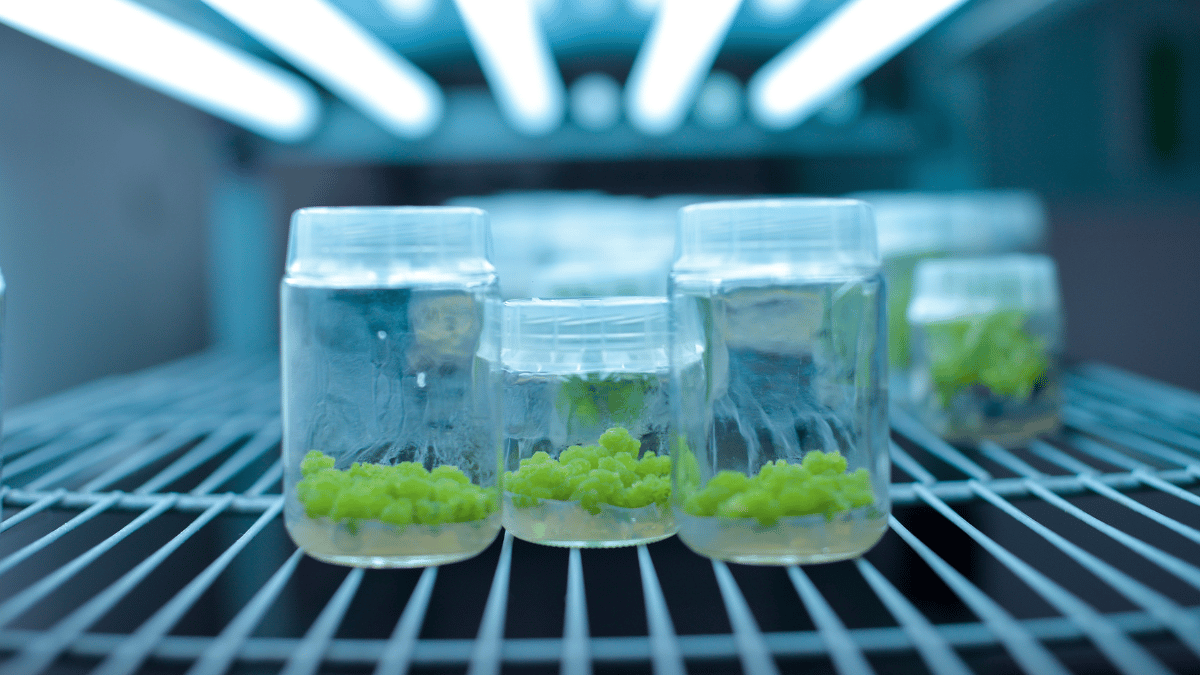Table of Contents
Sterilization: the single most crucial aspect of any tissue culture endeavor. Whether you're concerned with storing plant genes, cloning plants, or tissue culture sterilization, your workspace and your cultures will need to undergo sterilization.
Whatever your method of choice, the purpose of sterilization is to remove microorganisms (including viruses, bacteria, fungi, and protozoa). Autoclaving, filtration, and dry heat sterilization are all standard techniques, but you will find autoclaving is the best fit for your plant tissue culture.
Most types of micropropagation can be used for commercial use since the methods can be used to propagate large quantities of genetically uniform plants. The main benefit of micropropagation, like tissue culture, is that the cultivator can enjoy guaranteed genetics and identical plants. This is mainly because they are all clones - but unlike traditional clones, tissue culture media offers plants that won't deviate in any way from the mother plant's genetic makeup.
Any plant in the wild will experience some genetic alteration when it is produced via sexual reproduction. For those looking for stable and reliable genetics, tissue culture provides a viable answer. Does this mean it is an easy process? As long as the grower observes the correct protocols. One of which is sterilization.
Sterilization: The Key to TC Success
Before you even think about diving headfirst into tissue culture, you should understand the importance of maintaining aseptic conditions. Any microorganisms (bacteria, fungi, etc.) will be eliminated through sterilization of your lab equipment, instruments, culture vessels, media, and the explant's surface as well.
Why is it so Important?
If your plants do become contaminated, it is a challenging issue to control. In some cases, the contamination only becomes apparent weeks (and in some cases, months) after initial contraction, and this results in wasted time, resources, and money as the grow may not be able to be rescued. In other cases, the contamination could show up immediately. If this is the case, you can act swiftly and remove the contamination with (hopefully) minimal damage. In many cases, however, the contamination has devastating effects on your plant tissue cultures.
What can you do?
Do you want to have a secret weapon against contamination? Prevention is your best bet in the fight against contamination. Plant preservative mixture (PPM™) can be used to prevent future contamination as well as remove any existing bacterias or other contaminants. PPM™ can be added before autoclaving (thanks to its heat-resistant nature), or it can be added after sterilization to preserve the media and prevent future contamination.
Common Contaminants
The most common contaminants that could plague your cultures include mycoplasma, mold, and bacteria. The easiest one to handle is bacteria, as it is easily identifiable. Mycoplasma and fungal pathogens, on the other hand, are much more sinister as they do not leave obvious visual indications. And if you haven't used plant preservative mixture in your plant culture media, you could have cultures that have harmful fungi and mycoplasma contamination for weeks, and you may only realize it when it is too late.
If you don't use PPM™ in your cultures, don't say we didn't warn you.
Tips for Reducing Contamination Risk:
- Use Personal Protective Equipment
- Ensure both your incubator and hood are kept clean.
- Sanitize all equipment, including gloves.
PPM™ will quickly become a friend to any plant tissue culture, and most lab personnel will find the effectiveness of PPM™ increases the lab's productivity. Always follow the protocols and guidelines when using PPM™ in any laboratory.
What is PPM™ Effective Against?
When the mixture is used correctly, it can prevent and eradicate airborne, waterborne, and endogenous microbial contamination.
Using PPM™ to Sterilize Explants
Explants are gathered from a mature mother plant, and these explants will need to be sterilized before being used for the tissue culture experiments. If the explants are not sterilized properly, there are many contaminants that could negatively impact the vulnerable tissues.
Surface Sterilization
Explants need to be submerged in a sterilizing mixture for a specific amount of time for the purpose of establishing cultures that are free of contamination. This is what is known as surface sterilization.
Should you Use Antibiotics?
Antibiotics were once commonly used to treat contaminated cultures. However, many aspects of antibiotics could be detrimental to your TC experiments; particularly, the growth of resistant strains promoted by the use of antibiotics. Moreover, unlike PPM™, antibiotics are ineffective against fungal contamination. According to ThermoFisher Scientific: “Antibiotics should only be used as a last resort and only for short term applications, and they should be removed from the culture as soon as possible.”
Are you looking for a sustainable solution to prevent (and treat) contamination? Order your plant preservative mixture today, and in the months to come, your investment will pay off in the guise of healthy, vigorous plants.












Join the conversation
Your email address will not be published. Required fields are marked